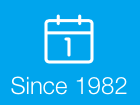Don’t get blindsided by drayage costs
Drayage is a weird word that most marketing folks don’t know. But seasoned trade show planners know the word well and when planning your trade show budget, you need to keep a knowing eye on it.
Drayage refers to the movement of your trade show booth items from your carrier’s delivery vehicle to your booth space. This service includes: unloading the trade show freight once it has arrived at the receiving dock, transporting the goods to the trade show booth space, removing empty shipping items (such as crates and pallets) from the trade show booth space, temporarily storing empty shipping items during the show, returning empty shipping items once the show is over, transferring the freight back to the loading dock and loading the items into your carrier’s delivery vehicle.
In other words, drayage is the transportation of freight over a very short distance for a very expensive price. Yep, those fork lift drivers can make or break your trade show display and your trade show budget.
Drayage is unavoidable, but here are some tips to help you avoid additional costs:
Pack smart: Drayage charges are based on CWT’s or weight per 100 pounds. Make good use of space—consolidate and skid your freight. Each loose piece will be assessed a minimum charge. Try to keep the weight of each box close to the nearest CWT without going over.
Carry on: Stop shipping unnecessary items. The quickest way to rack up a big drayage bill is to ship things, especially heavy things, you don’t really need. Review the weight of your exhibit, shipping crates, and promotional material to determine if you can cut out any items from your next load.
Don’t Be Late: Each trade show has scheduled move in and move out dates. Work with your install and dismantle team to schedule to have your exhibit set up on a non-overtime day and time. Check your exhibitor services manual for a floor plan that tells you when your truck can unload, and make sure your carrier meets that target time.
Contact World Class Graphics & Displays today to learn how you can keep a close eye on your drayage costs.

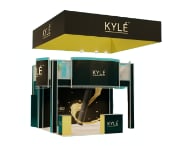 Double Deck
Double Deck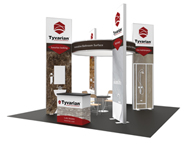 Islands
Islands 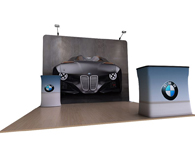 10x10
10x10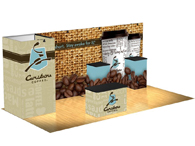 10x20
10x20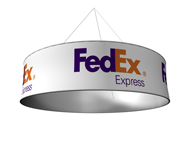 Accessories
Accessories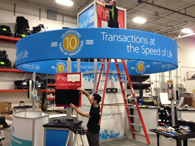 I&D
I&D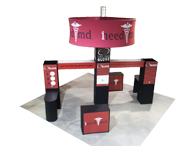 Rental
Rental Storage & Logistics
Storage & Logistics Design - include design package offering.
Design - include design package offering.  Financing
Financing